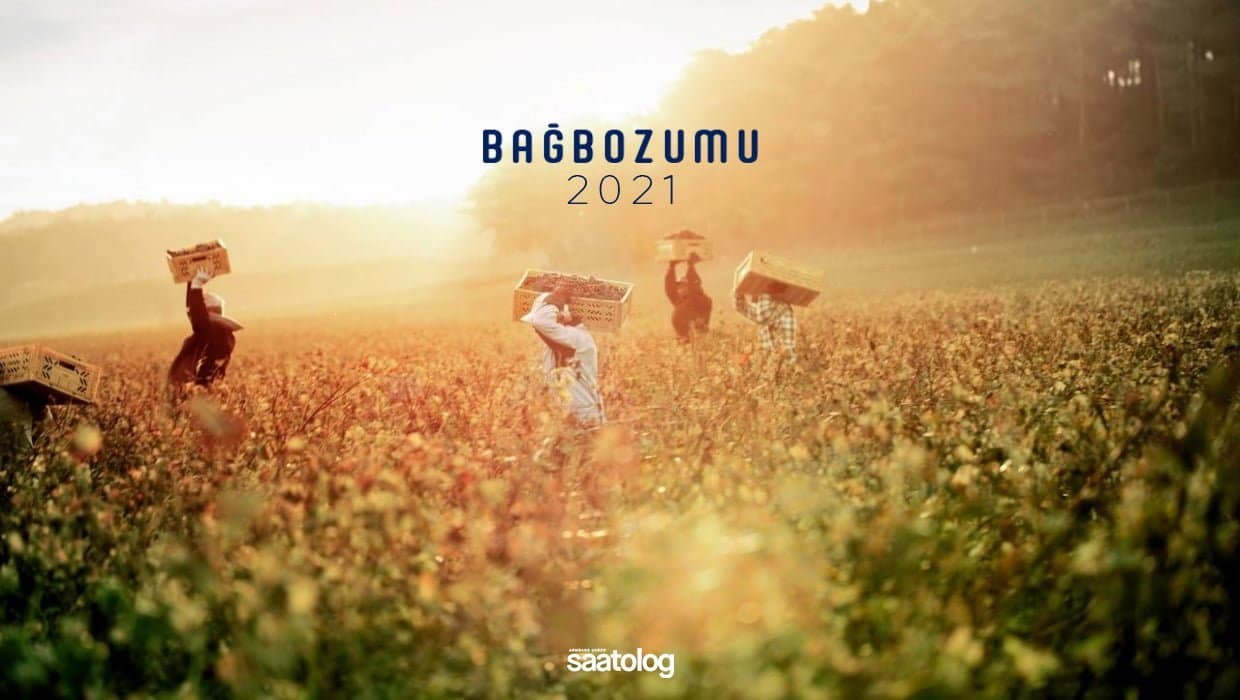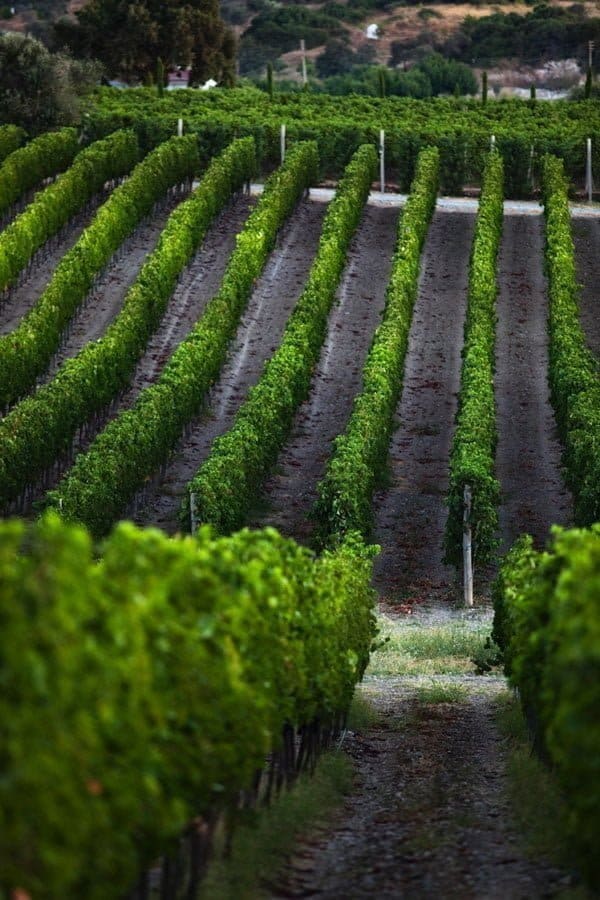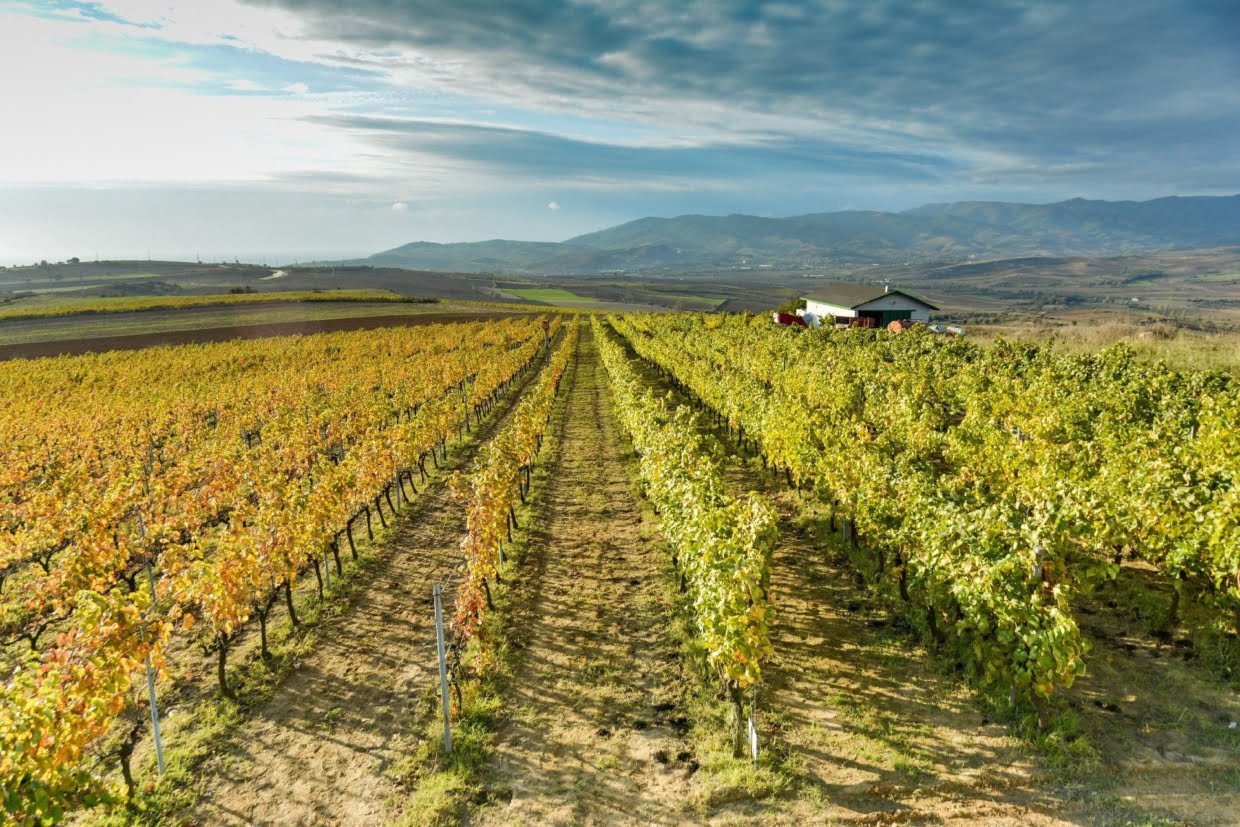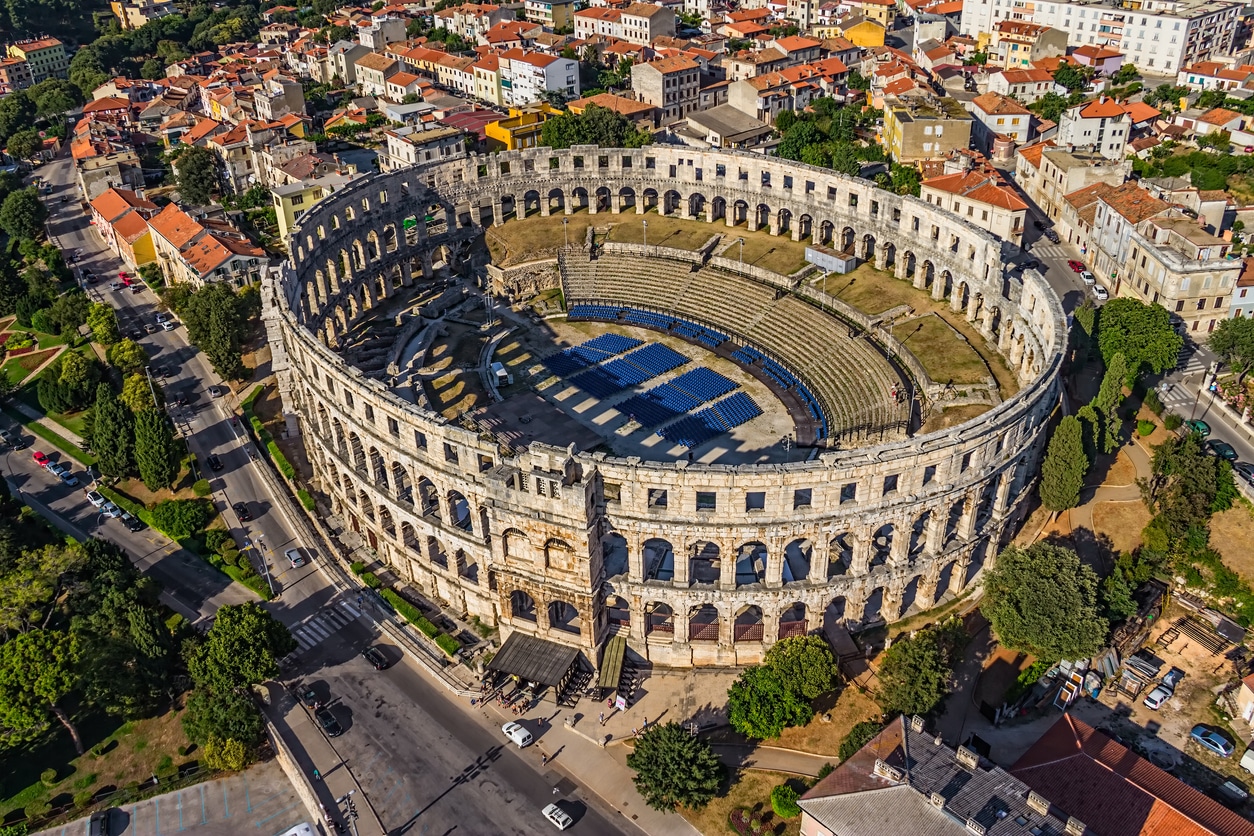
Before another grape harvest festival in this autumn, let us explore the annual growth cycle of grapevines.
All good things come to an end; the seasons begin and end. For instance, the grape harvest, which means picking the grapes and striping the vines bare, also has both meaning of the end and the beginning. This miraculous grape harvest will be celebrated in Turkey as well as in many places in the world. Invaluable grape harvests will take their place in the facilities to transform into other forms.
To celebrate the grape harvest properly, we need to understand the annual growth cycle of grapevines and grasp how much effort and patience the process requires. Grapevine saplings, or grape trees, are the leading actors of the grape harvest. Depending on the climatic factors, they planted in vineyards in early spring or late autumn. With proper conditions and pruning, grapevine saplings begin to yield in desired quality about one or two years. The general cycle of the grapevines is the process that take place as flowering, ripening and harvesting in spring, summer and autumn respectively. No doubt that the most excited part of this story is steps like picking the grapes correctly, making them ready to be used as raw materials in cosmetics and food production, as fruit on the table or in winemaking.
The Red Signal
To pick, the grapes should be ripe. This ripening process takes place between August and September in north of the equator, and between February and April in the south. Well, what is happening in the world of grapes in the interim? By understanding this process, in which the quality of wines is determined, we can meet another miracle of nature, which most of us have started to establish new relationships during the pandemic period.
French experts called this process as “veraison”, refer to the period when green, hard and small grapes get bigger, turn to red and ripen. This process may take 30 to 70 days, depending on the climate and location. Gradually, grapes in yellowish green begin to turn red or even purple. If you have an opportunity visit a vineyard in the middle of summer, you can witness this ripening process.
Later on, the hard grapes begin to soften along with the color change. As the stored starch is converted to sugar sap begins to move in the vine; the acidity decreases, the grapes become bigger, sweeter, and ready to say goodbye to the branches. This process will be experienced faster and more stable as much as grapevine is exposed to the sun. The grapes on the vines that do not get enough sun can follow the process behind. That is, the color change, which starts in July, may shift to August in cool weather. The grapes usually turn to the desired color within six weeks.

Every Grape Has a Story
The grape species is effective as well as weather conditions in the color change stage. For instance, Chardonnay evolves from a pale green to golden green. On the other hand, Pinot Noir experiences more rapid and dramatic change: it changes from a similar green to a bright red and then purple. While Merlot grapes get the desired color in two weeks, Cabernet Sauvignon’s color turns later, its harvest time may be delayed until November.
However, this process is not easy at all. Unlike most crops, vines require much more careful and attentive care. For this very reason, most winegrowers may choose to plant a limited numbers of vines in their land. Thus, it can more easily offer the attention and care that will enable the grapes to mature in the best way; They can grow much more self- fertile grapes. Weather conditions also play a major role in this process. When average temperature cools, growth of grapes can be delayed. Sometimes even too many leaves may be a problem. Although the vine leaves are very beneficial, the leaves can shade the grapes between the branches and prevent them from getting enough sun. In such a situation, producers can clean these leaves. During this period, some winegrowers clean the immature grape clusters and give the opportunity to grapes that have a chance to ripen, or sometimes he can start picking as little to save the ripe grapes from root rot.

Importance of Temperature
Towards autumn, winegrowers start tasting, while keeping an eye on weather. They also determine the growth of grapes by tasting. Besides, weather reports are also followed closely. If any rain or storm is expected, the nearly-ripe grapes should be picked as soon as possible. On the other hand, if the cool weather will give way to warmer days towards September, it would be the best decision to wait for the grapes that have not had the opportunity to ripe yet. In such cases, grape harvest may hang to end of the September or even to October-November. All the whole, grape harvest may vary according to the harvest each year. This process should be observed, and also right steps should be taken. Because if grapes pick early may have a bitter taste, if they pick to late may tasting too sweet. All these are such important factors in both daily consumption and winemaking. For instance, high acidity is essential for sparkling wines, that is why, early harvest is essential. Wines to drink with dessert, on the one hand, should contain high sugar, so they require a late harvest.

Songs for the Grape Harvest
When the grape harvest starts, everyone’s invited to the festival! Hand-harvested grapes are particularly valuable in terms of the quality of the wines. Therefore, after certain trainings can be started to pick the grapes from the vineyards determined by the specialists. This process is an art in itself. Firstly, the ripe grapes are picked meticulously. Although machine harvesting is mostly preferred today, it is essential that the harvest to be used especially in high quality wines is hand-picked by trained workers without being crushed and causing any damage. For instance, an undesirable premature fermentation can occur, especially if the grape membrane is damaged and the weather is warm, the cold of the morning or evening is best time for hand-harvest.
Depending on the harvest, vine harvest can take place in a week or more than one month. The grape harvest festivals that begin after the harvest is a wonderful opportunity to celebrate nature and being a part of it. While the festivals continue with the songs, the grapes loaded on trucks are quickly delivered to the relevant facilities. And at this point, “survival of the fittest” as a law of nature comes into play once again. Later on, the rotten grapes are sorted out, the best ones are quickly selected, crushed and the fermentation process begins almost immediately. What happened next? The order of nature is waited for the next grape harvest…



